The 16th CITES CoP
From the 3rd to the 14th of March, the 16th meeting of the Conference of the Parties (CoP) that form CITES was held in Bangkok, Thailand. Below is a summary of some of the major decisions that were made by governments representing 178 countries.
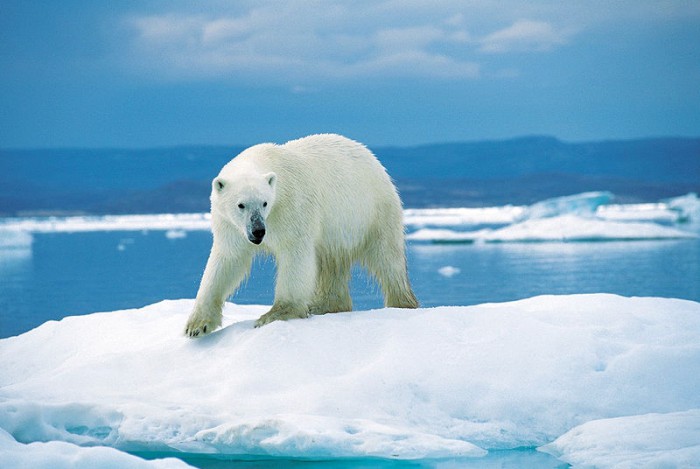 Image: By Ansgar Walk (photo taken by Ansgar Walk) [GFDL (http://www.gnu.org/copyleft/fdl.html), CC-BY-SA-3.0 (http://creativecommons.org/licenses/by-sa/3.0/) or CC-BY-2.5 (http://creativecommons.org/licenses/by/2.5)], via Wikimedia Commons
Image: By Ansgar Walk (photo taken by Ansgar Walk) [GFDL (http://www.gnu.org/copyleft/fdl.html), CC-BY-SA-3.0 (http://creativecommons.org/licenses/by-sa/3.0/) or CC-BY-2.5 (http://creativecommons.org/licenses/by/2.5)], via Wikimedia Commons The Convention on International Trade in Endangered Species of Wild Fauna and Flora, known as CITES, is frequently mentioned in my blogs as it plays such a huge role in the conservation of species that are threatened by the trade in their bodies or parts. From the 3rd to the 14th of March, the 16th meeting of the Conference of the Parties (CoP) that form CITES was held in Bangkok, Thailand. Below is a summary of some of the major decisions that were made by governments representing 178 countries.
The Ivory Trade
The opening day of the conference was met with celebrations as Thailand’s Prime Minister Yingluck Shinawatra pledged to outlaw her nation’s legal domestic ivory trade. In Thailand, selling trinkets produced from ivory from the country’s 2,500 remaining elephants is legal but, after receiving a petition with signatures from 1.5 million people, the prime minister will now work towards amending the national legislation to put an end to the ivory trade. This will not only help domestic elephants, it will also help protect those from Africa, as Thailand is the key place where illegal ivory from Africa is laundered into products destined for China.
Improved controls on ivory were also decided at the conference. It will now be compulsory for all stockpiles of ivory held by governments to be reported on an annual basis. Stockpiles are currently an undocumented source of ivory for the illegal trade, and many have disappeared from government held stockpiles. Also, all ivory seizures weighing more than 500kg will be forensically examined, to provide vital intelligence on the origin of the ivory and possible insights into the actions of those involved in the illegal trade. In addition, Gabon called for the introduction of reduction demand strategies – awareness raising campaigns that could help reduce consumer demand for ivory.
Polar Bears
A blow to many conservationists came when the conference voted not to support a US-led proposal to ban the cross-border trade in polar bears and their parts, which would have seen this species be upgraded from Appendix II, a species whose trade is regulated, to Appendix I, a species whose trade is banned. Canada is the only country that permits the export of polar bear parts, and this decision was hailed as a victory by their indigenous people. They sell around 300 polar bear pelts to be made into rugs, which they claim is a critical economic resource. But considering the threat to polar bears posed by climate change, the USA believes that this killing is unsustainable.
Sharks and Manta Ray
Several species of sharks and manta rays, however, were given stronger protections. The oceanic whitetip shark, three species of hammerhead shark, the porbeagle shark and the manta ray are all now listed on Appendix II. Shark numbers are being decimated for the trade in their fins, to make shark fin soup. The porbeagle is hunted for meat in Europe and manta rays are killed for their gill plates for Chinese traditional medicine. Although trade is not completely banned, it does mean that countries will be required to issue permits to ensure the trade is sustainable. These protections were put forward by countries including Brazil, Colombia and the USA but, unsurprisingly, China and Japan attempted to block them.
Trees
Some species of trees were also given added protections, a first for CITES. Several species of rosewood from South East Asia and South America are now listed on Appendix II, meaning that both importers and exporters must have valid permits. Species of ebony from Madagascar also have increased protection. Demand from China’s middle classes for luxury furniture has fuelled the illegal trade, which is estimated to be worth about £20 billion every year.
Many conservationists left the conference feeling disappointed, but many were also rejoicing. CITES is a powerful organisation and sanctions for those failing to meet their obligations are severe. The added protections will aid the recovery of many species whose numbers have dropped dramatically and many believe that the new protections for the seas and the trees gives CITES much more bite.

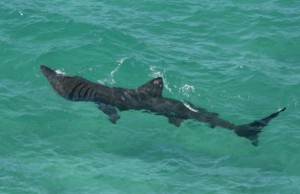
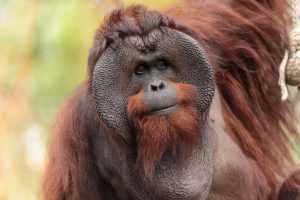
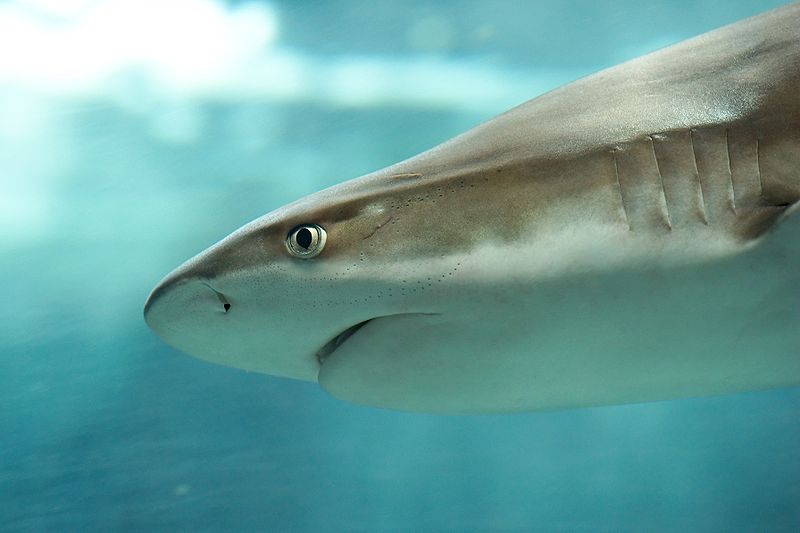
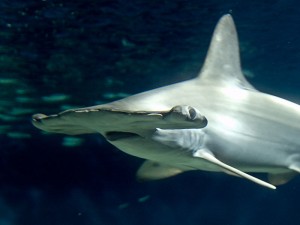
2 Comments
“Some species of trees were also given added protections, a first for CITES. Several species of rosewood from South East Asia and South America are now listed on Appendix II, meaning that both importers and exporters must have valid permits.”
I thought Appendix II meant that only export permits were needed?
http://www.cites.org/eng/app/index.php
I read this at the BBC website http://www.bbc.co.uk/news/science-environment-21759988 – thought the BBC was fairly reliable!